As in Italy, he created numerous studies on-site, often in sepia or watercolor, depicting local landscapes and monuments. He also showed an interest in the archaeological discoveries of the time, incorporating them into charming canvases where he brought to life scenes populated by picturesque and colorful figures. His work thus became a valuable documentary source for understanding classical architecture and its state of preservation during that era.
Bonirote’s technique is characterized by a creamy, skillful handling of ochres and whites, to which he adds rich touches of color, particularly for clothing. With a few warm and luminous brushstrokes, he structures his compositions fluidly. His painting, closely resembling that of Chassériau, is distinguished by its liveliness and refinement. He also painted landscapes of the Lyonnais region, reflecting his attachment to his homeland. Bonirote exhibited his works at the Salon of Lyon from 1833 to 1892 and at the Salon of Paris from 1842 to 1870.



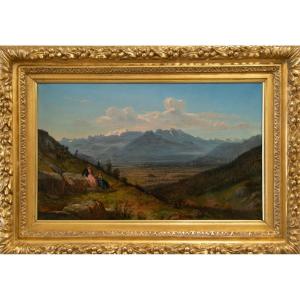



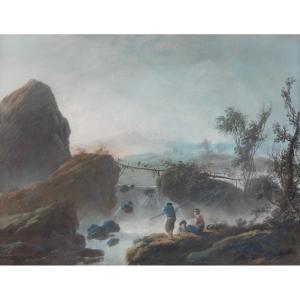

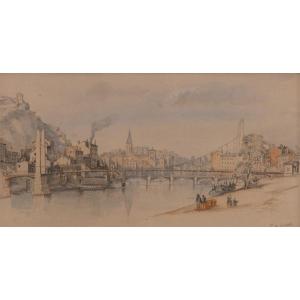


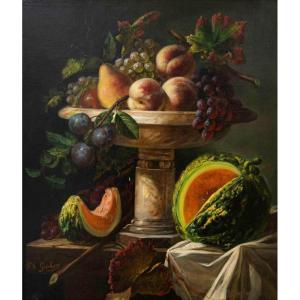
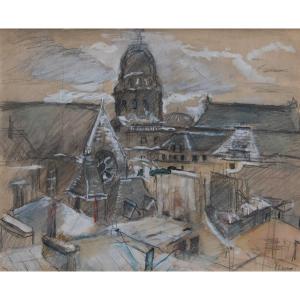
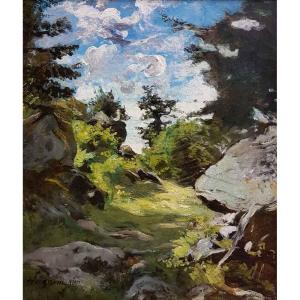




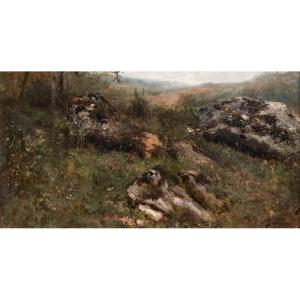


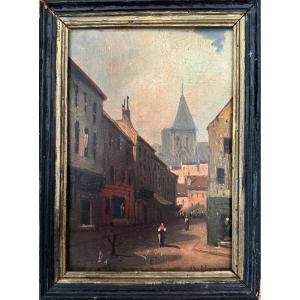

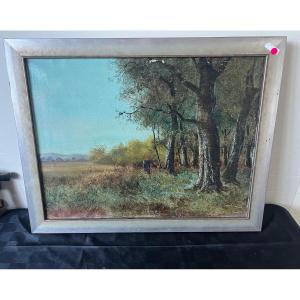



 Le Magazine de PROANTIC
Le Magazine de PROANTIC TRÉSORS Magazine
TRÉSORS Magazine Rivista Artiquariato
Rivista Artiquariato